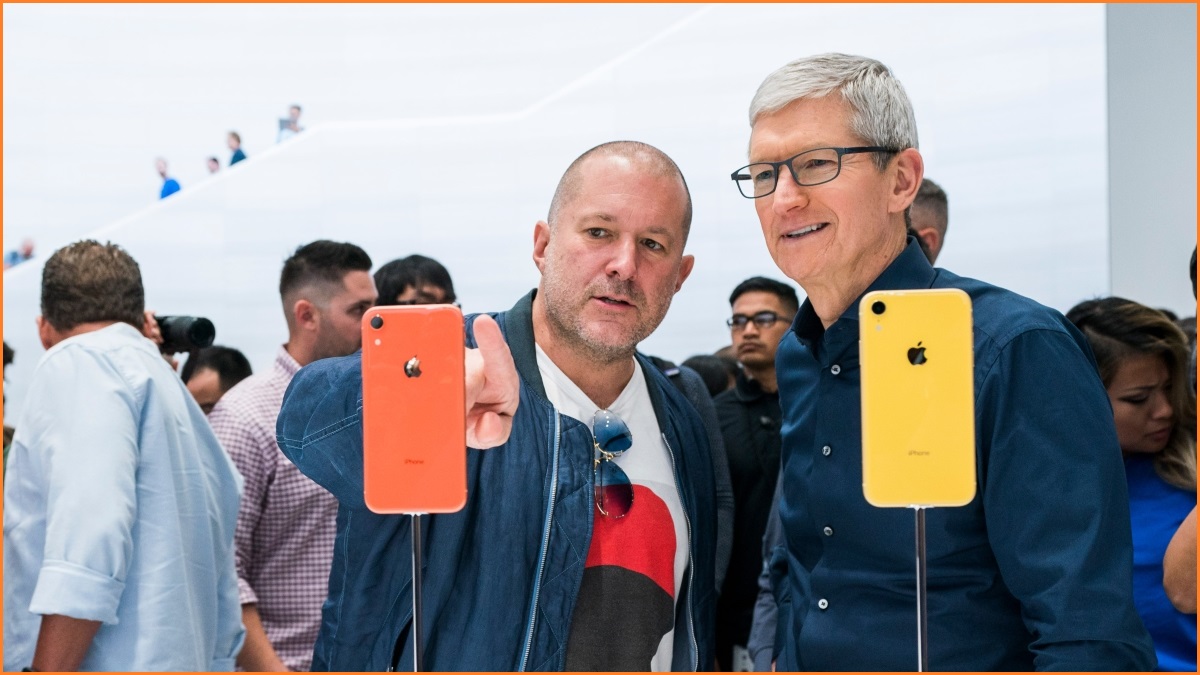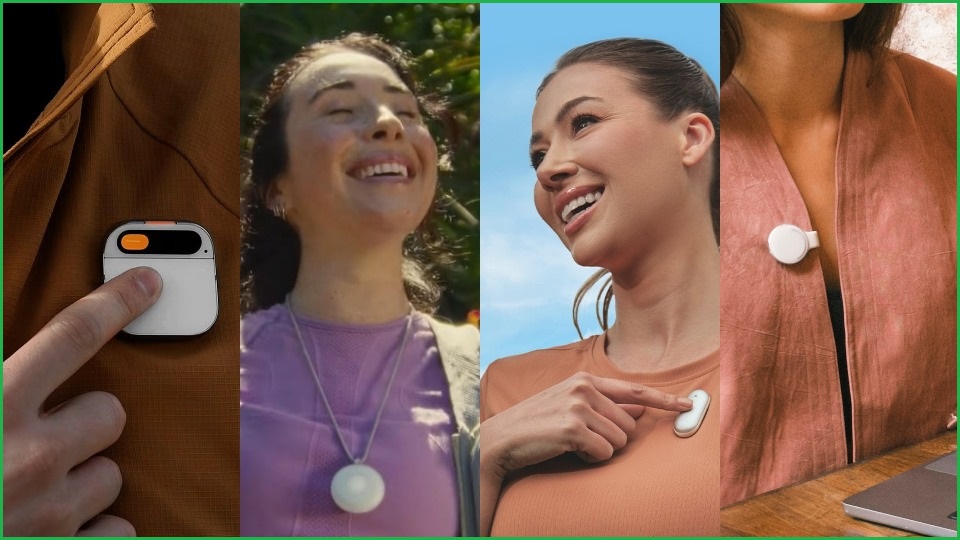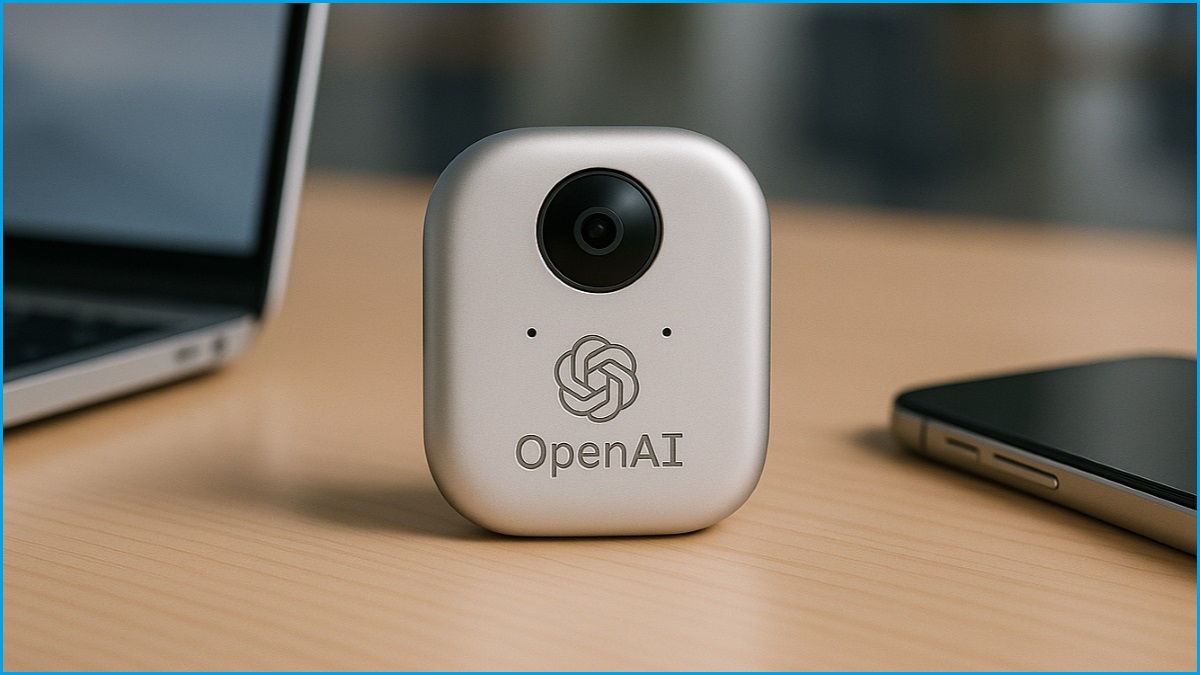Backed by billions of dollars, the power and popularity of ChatGPT, and numerous former Apple designers, OpenAI says it is working on a “family of AI products” — very few details of which are publicly known.
Given the company’s meteoric rise and its recent $10 billion ($US6.5 billion) acquisition of io — a hardware startup co-founded by former Apple design chief Jony Ive — there is a lot riding on the firm’s first foray into consumer electronics.
But thanks to a leaked phone call and some insider knowledge from a reputable industry analyst, the outline of OpenAI’s plan has begun to take shape.
Here’s what we know about the company's first consumer hardware device and what could come next.
It’s not a smartphone or smart glasses
OpenAI’s first device is reportedly not a smartphone or a pair of smart glasses, as CEO Sam Altman and Jony Ive supposedly hope to make something less obtrusive.
Ive recently suggested his next products would be shaped by his experience of the “unintended consequences” of technology such as the rise of phone addiction, but OpenAI appears to think its first device will still be a crucial product for many people.
In a leaked phone call to staff obtained by The Wall Street Journal last week, Altman reportedly told his colleagues the hardware would likely be a third core device someone might put on their desk alongside their laptop and their phone.
Altman reportedly confirmed to staffers the device was not a pair of glasses, as Ive wanted to avoid building a product that had to be worn and made reference to what he called “a new design movement”, according to the publication.
Altman also reportedly said it was important OpenAI staff kept quiet about the product to avoid competitors potentially copying it.
Many of those competitors, meanwhile, are charging ahead with smart glasses — the likes of Meta and Google see them as perhaps the most useful current form factor for AI and machine vision, and Apple is rumoured to be preparing to enter that market in 2026.

Former Apple design chief Jony Ive (left) with CEO Tim Cook in 2018. Image: Apple / Supplied
It’s supposedly pocket-sized and screenless
Renowned technology analyst Ming-Chi Kuo said his research suggested OpenAI's current prototype device would be slightly larger than Humane’s discontinued AI Pin, “with a form factor as compact and elegant as an iPod Shuffle”.
“One of the intended use cases is wearing the device around the neck," he wrote on Thursday.
“It will have cameras and microphones for environmental detection, with no display functionality.
“It is expected to connect to smartphones and PCs, utilising their computing and display capabilities.”
This suggests the product may only do a small amount of on-device AI processing, and will instead send much of its data to more powerful cloud models of ChatGPT.
It will ChatGPT-ify your life
With The Wall Street Journal reporting OpenAI's first device will be “capable of being fully aware of a user’s surroundings and life”, there is little doubt ChatGPT’s multimodal capabilities with voice and image recognition will be central to the product.
If it does come with cameras and microphones, the AI chatbot could monitor its surroundings and interact with users through voice chat, as something of a companion.
Altman has suggested OpenAI wants to look beyond the usual ChatGPT paradigm where people use the service through a web browser or mobile app, which suggests a potential lean towards devices which are contextually aware.
That would put it in a similar realm as AI voice recorders, note-takers, and companions such as the Plaud NotePin, the Limitless Pendant, and the Friend necklace, but OpenAI’s version would no doubt be more technically impressive.
When the company announced its acquisition of io last week, Altman said he had recently “lived with” one of its prototype devices and described it as “the coolest piece of technology that the world will have ever seen”.
“I think we have the opportunity here to kind of completely reimagine what it means to use a computer,” he said.
“… We are sitting at the beginning of what I believe will be the greatest technological revolution of our lifetimes.”
Ive, meanwhile, said the prototype had “completely captured our imagination".

[L-R] AI-centric devices such as the Humane AI Pin, Friend necklace, Plaud NotePin, and Limitless Pendant are yet to become mainstream. Images: Supplied / YouTube
It’s expected in 2026 or 2027, and Altman thinks it will be BIG
While Altman has publicly stated OpenAI is hoping to ship its first device in 2026, Kuo has suggested mass production may not begin until 2027.
“Assembly and shipping will occur outside China to reduce geopolitical risks, with Vietnam currently the likely assembly location,” he said.
Altman reportedly believes OpenAI will ship 100 million devices “faster than any company has ever shipped 100 million of something new before”.
He has also reportedly suggested to staff that acquiring io could add $1.55 trillion ($US1 trillion) in value to OpenAI, although the timeline on that prediction is unclear.
Given the predictions, some sceptisim about OpenAI's products was “to be expected”, said CCS Insight chief analyst Ben Wood, who also suggested it “would be foolish to bet against Sir Jony [Ive], given his remarkable track record of designing products that disrupt a market”.
“Furthermore, the business model that Mr Altman has outlined for the device, where subscribers to ChatGPT would ‘just get mailed a new computer’, is intriguing and plays strongly to the trend of a connected device as a service,” he wrote in a blog post.
“And there’s no question that OpenAI would love to have a direct relationship with its customers rather than delivering services to devices made or powered by Apple, Google, Microsoft and others.
“To compete effectively with these device-makers in the long term, OpenAI needs to augment its strength in large language models with user and contextual data — an area where the large platform companies have a huge head start.”
There’s more where that came from
Ive and Altman have confirmed OpenAI is working on “a family of AI products” and “a new generation of AI-powered computers”, suggesting the company is planning a pipeline of new devices in the coming years.
"AI integrated into real-world applications, often termed ‘physical AI’, is widely recognised as the next critical trend,” said Kuo.
“While the success of the Jony Ive-OpenAI partnership remains uncertain, it clearly aligns with this trend.”
Altman clearly sees future devices as a way to maintain OpenAI's customer base and allow its users to more deeply integrate generative AI — and namely ChatGPT — into their lives.
He said his team’s mission involved creating devices which would “let people use AI to create all sorts of wonderful things” in the future.










